How leveraging culture can boost support for rewilding
Artists have power both financial and cultural. Here's how they can help make rewilding work.
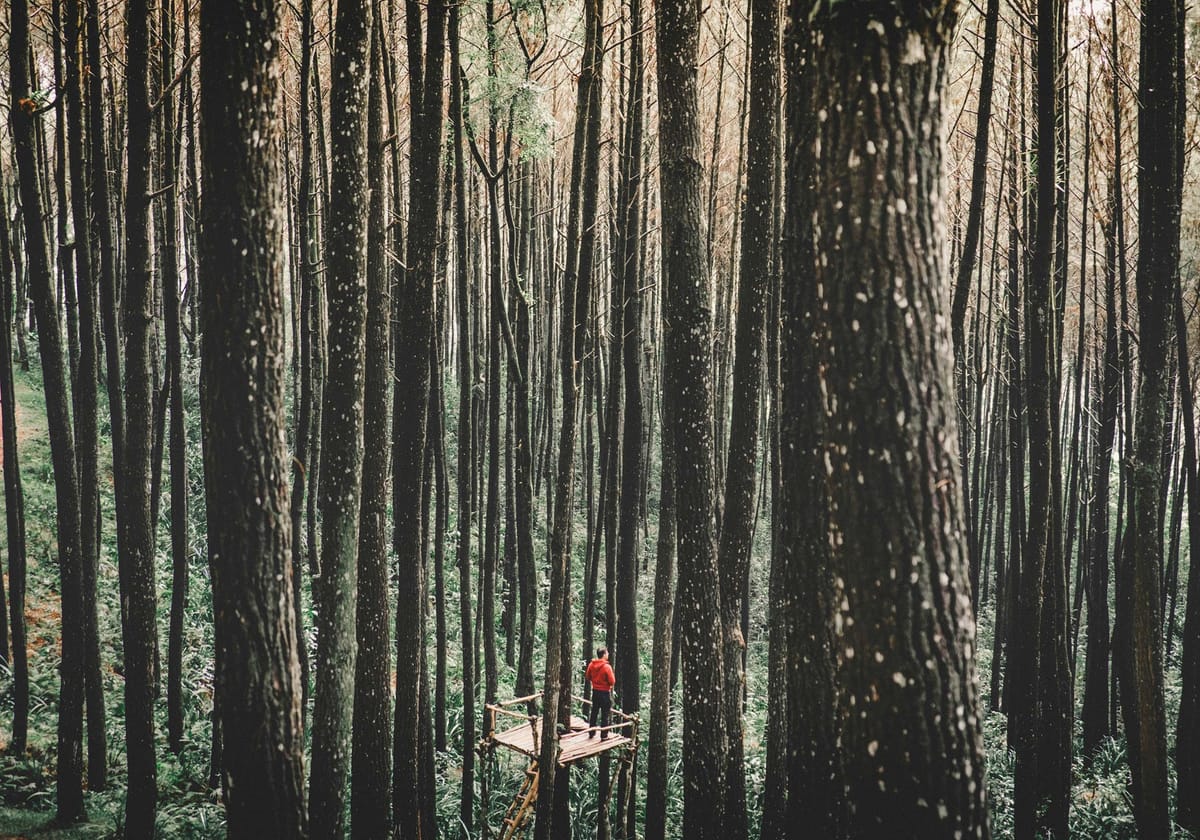
Throughout history, the arts have played a pivotal role in driving social and environmental change. Artists have utilized their profession to challenge societal norms, advocate for justice and highlight pressing issues.
Right now, there is nothing more urgent or meaningful than taking action on the ecological and climate crises – challenges for which rewilding offers many tangible solutions. The arts have a powerful role to play in changing cultural attitudes towards nature and advocating for the protection of our precious ecosystems.
As impact manager at Australian climate solutions agency FEAT (Future Energy Artists Transitions), I contribute toward mobilizing the arts and cultural sector to take action to protect wild landscapes, fostering both ecological restoration and societal change. I was in London in September 2024 as part of an applied research fellowship, looking into “Nature-based solutions and rewilding, and how the arts sector can fund and advocate for the protection and restoration of nature.” It’s quite the mouthful. But in a nutshell: how can creatives be an effective voice for our wild places?
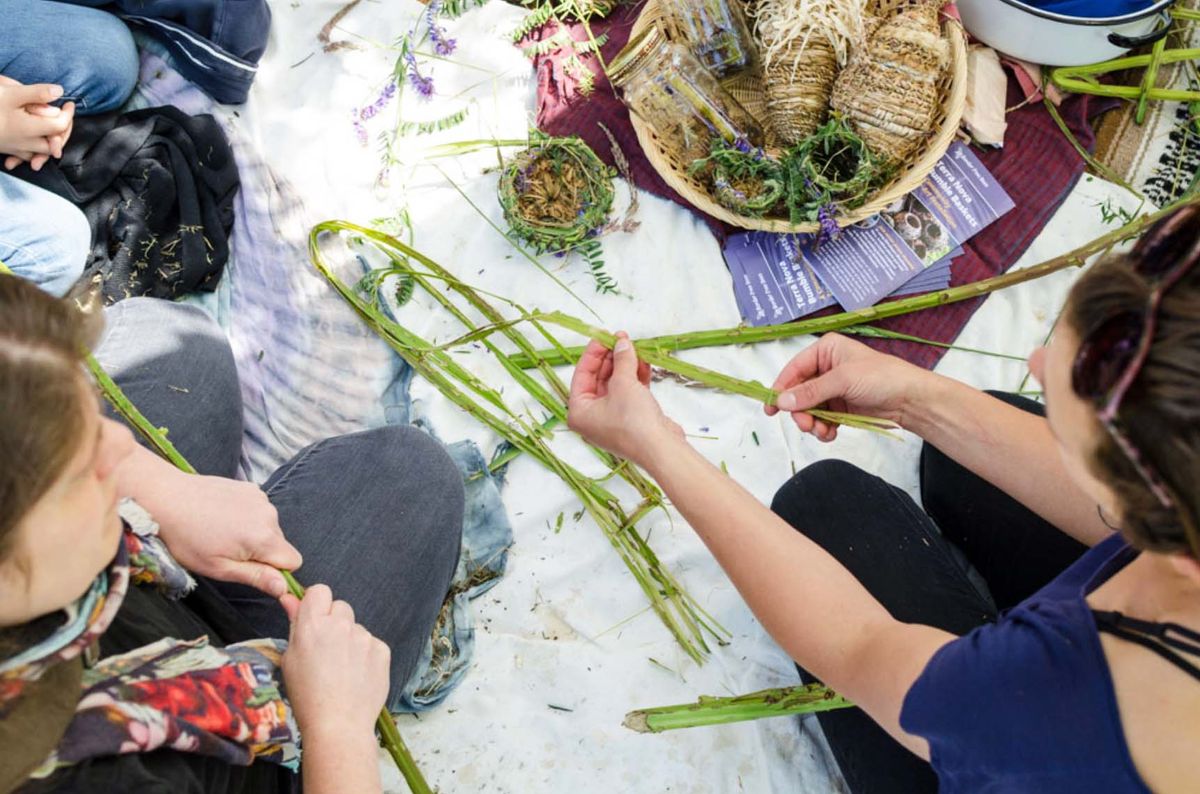
To get some perspective on this topic as well as how our society can properly value nature, I met with Ben Goldsmith, a leading British environmentalist and financier whose rewilding-related CV includes the podcast Rewilding the World as well as Nattegral, an investment and advisory firm focused on rewilding and ecological restoration that provides funding for projects. Ben has experience with both practical “on the ground” rewilding and the financial models that support large-scale conservation.
It was a drizzly day, so I was half drenched when I rocked up at Ben’s London apartment on my bike. Ben opened the door and beckoned me in with a huge grin. “Beatrice - hello!”
We sat down to cups of coffee and scroggin.
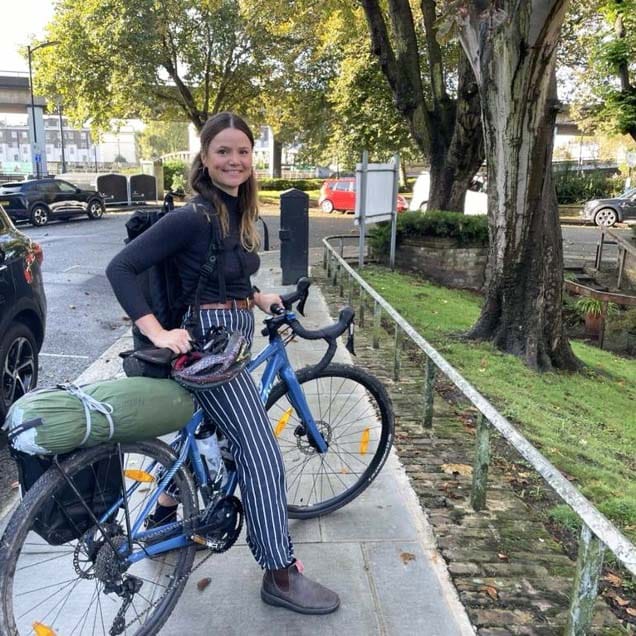
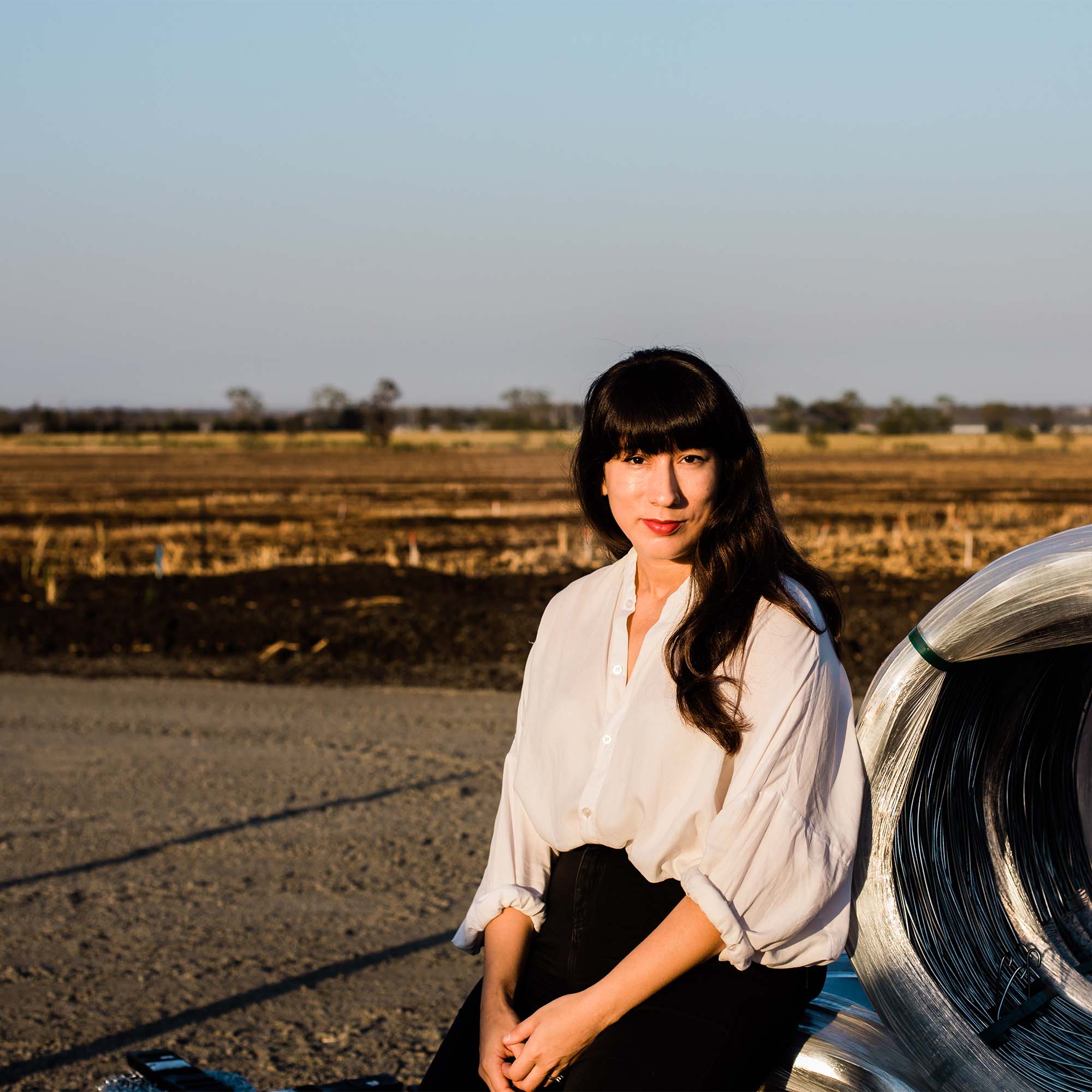
Left: The author in London, courtesy Bea Jeavons. Right: FEAT founder Heidi Lenffer. Photo: Ulrich Lenffer.
After settling into the couch, coffee in hand, I brought Ben up to speed on our work at FEAT, an artist-led climate solutions agency for the live entertainment sector founded by Heidi Lenffer from the band Cloud Control. We launched in 2019 as a renewable energy investment fund for artists, where more than 200 high-profile musicians put skin in the game to finance a new solar farm.
Since then, FEAT has been working to fund industry decarbonization and conservation via a sustainability ticketing surcharge, the “Solar Slice” (generally 1.5% or $1), which is built into the booking fee of partner events and venues as an industry commitment to prioritizing sustainability. So far, the Solar Slice has been applied on more than 1 million tickets and has funded a range of projects working to protect and restore nature.
Australia is a world leader in deforestation, nature loss and species extinction. To address this, we are working at FEAT to mobilize the cultural and financial power of the arts to protect our wild places and creating opportunities to actively fund and advocate for the protection of biodiversity with a science-based and First Nations–led strategy.
This is what led me to Ben’s couch and learning about nature-based markets and rewilding efforts on an inclement Thursday afternoon.
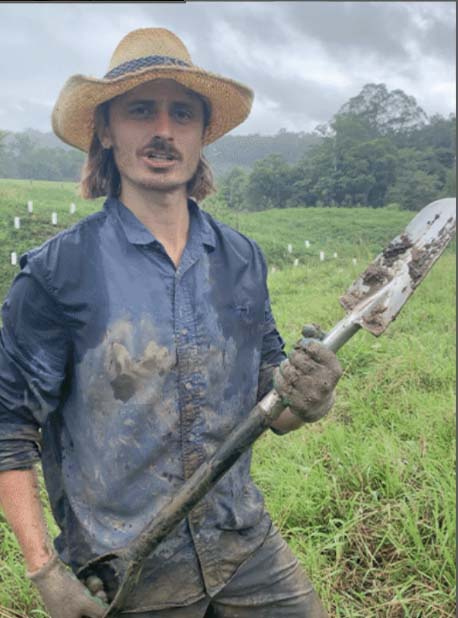

Left: Singer Oli Leimbach at a planting event, courtesy Bea Jeavons. Right: Artist Tim Minchin (in foreground) and others at a planting event. Photo: Nick Bellotti.
I led with a question that wasn’t quite a question: “I guess what I’m grappling with is how we value nature in our current economic system.”
Ben was nodding his head, hand on his chin.
“As a starting point, I really empathize with the philosophical argument that nature is priceless,” he began. “It’s somehow crude and almost heretical to try and put a financial value on something that is beyond price. We clearly depend on nature for everything we have, everything we love and everything we do; it is the be-all and end-all. Trying to put a price on it is a bit like trying to put a price on the love we feel for our kids or our parents.
“That being said,” he continued, “we already put a price on nature in every economic and industrial decision we take, and that price is zero. We have been valuing nature, and it’s just at zero. So unless we start to rationalize what nature and the things nature does for us are really worth, then it won’t be taken into account in decision-making around what we build and what we do.”
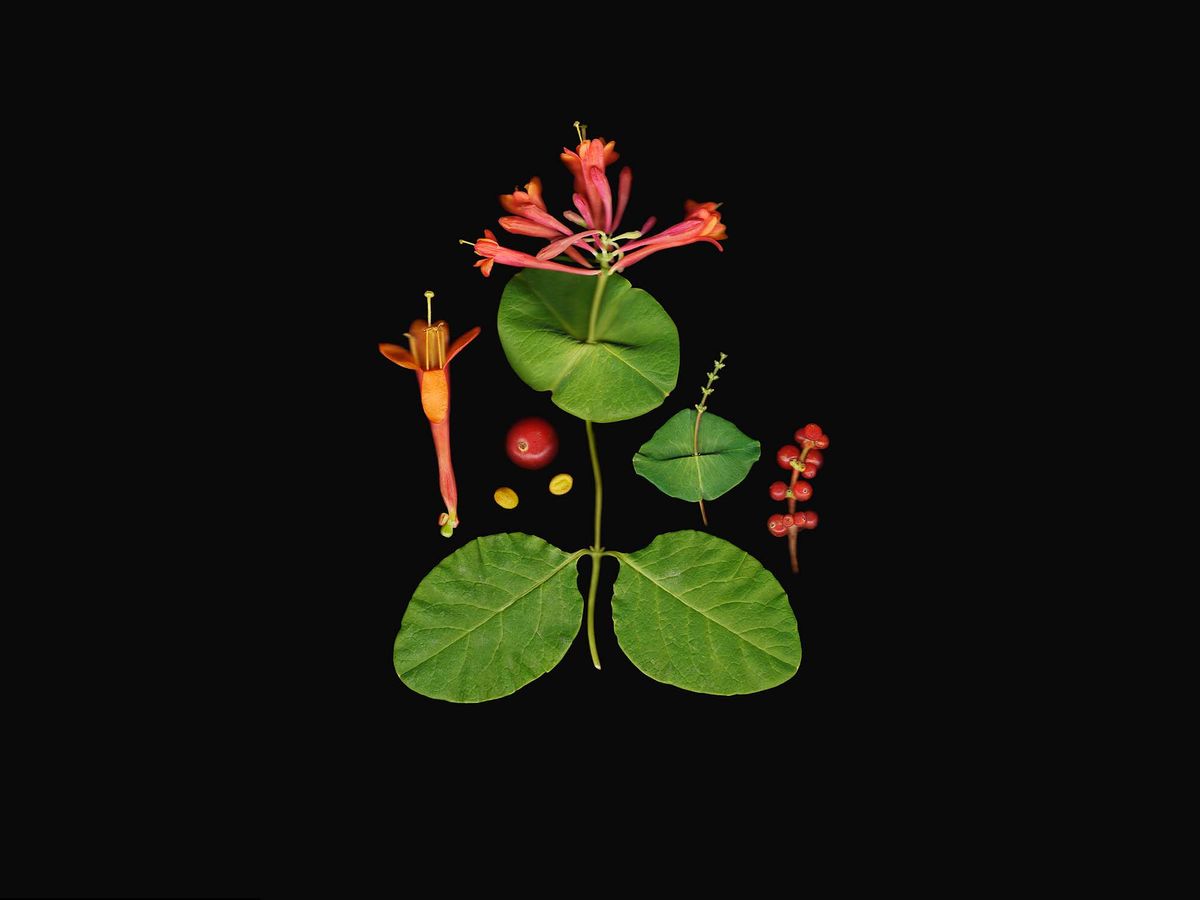
I told Ben about how taking artists out on regeneration projects has had great outcomes and positive impacts. Fresh air, connection and getting actively engaged in these solutions help connect us back up with landscapes and get us engaged in protecting them.
“That’s exactly what we need!” Ben cheered, another huge grin breaking out on his face.
“Philosophically, I think the answer to our problems is about a more spiritual reconnection with nature: taking people to the bush, getting people out into nature, giving them good experiences and getting them to understand the visceral importance of nature in their lives. That cultural and spiritual shift, I think, is the most important element. But we also need an economic shift whereby nature is valued correctly. We know that the stuff nature does for us has economic value; we can calculate that.
“For example,” Ben continued, “communities that flood every year here in the UK can protect themselves most efficiently by rewilding landscapes further up the catchment. If you rewild parts of western Dartmoor and turn those landscapes back into the sponges that they once were with beavers, wetlands, restored peatlands, wildflower meadows and so on, those landscapes act like a sponge and release water slowly throughout the year. So you are creating a natural solution to flooding and a natural solution to drought in the summer as the water continues to run through the dry season, and it’s the cheapest way of cleaning that water.
“The reality is we can’t just expect landowners to turn over their farmland and rewild for free,” Ben pointed out. “This stuff costs money. Lots of it. A ton, in fact.”
“How does the arts and cultural sector fit in here?” I asked. “How can creatives support rewilding efforts?”
“The most important thing artists, musicians and the arts and cultural sector can do to support these goals is by using their platform,” Ben said.
“The bigger acts and organizations can directly invest in rewilding efforts, and how amazing would that be? But let’s be honest,” he continued, “most musicians can’t give their money away – they don’t have enough! But they can use their platforms to get across small, humorous messages about these old dinosaur industries that want to rip up Australia for coal. The way you win is through mockery and humour. It’s very powerful. Cultural change is critical here. Your Solar Slice mechanism is also such a great way to support the whole sector to fund these priorities and come together to push for change collectively. Imagine if every ticket sold to a gig had a percentage redirected towards rewilding projects?”
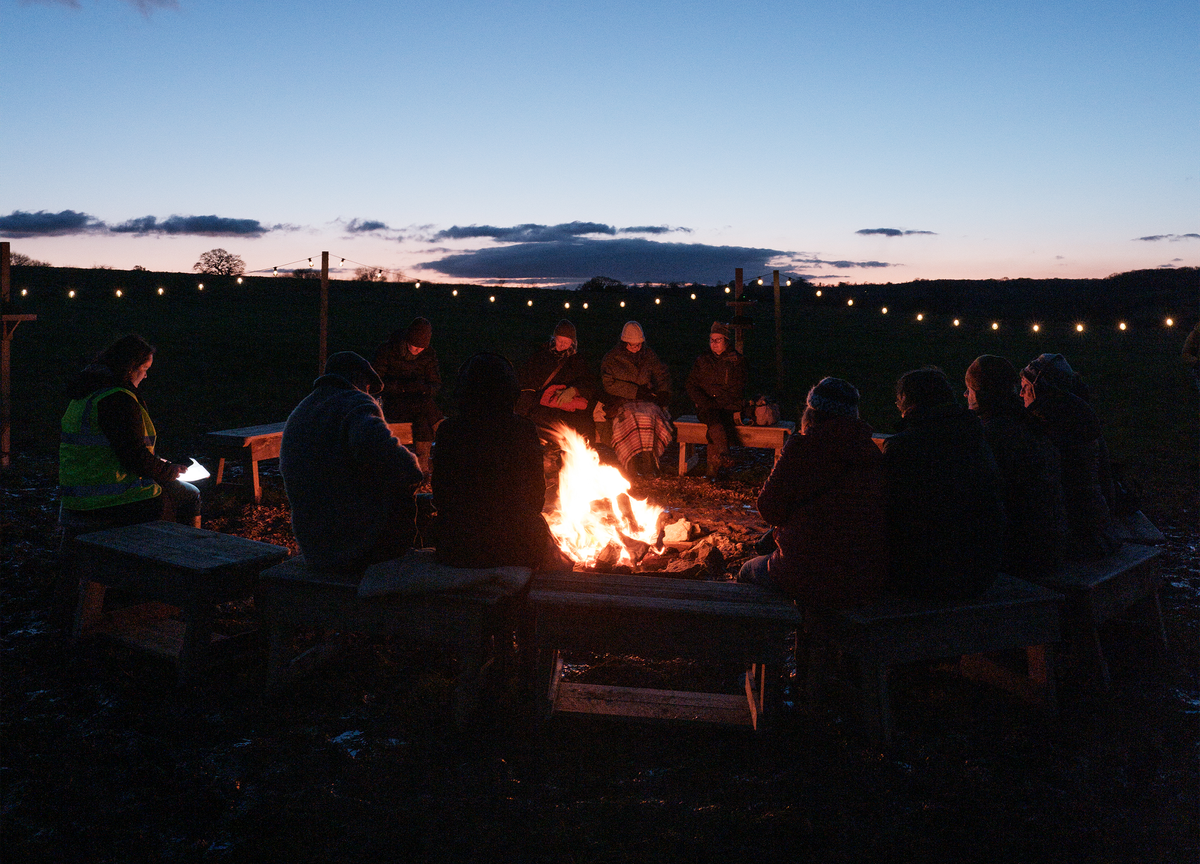
While many arts organizations are eager to engage in environmental action, financial and capacity constraints can be significant. It’s important to acknowledge these constraints while also recognizing that even small contributions – when pooled across the industry – can create meaningful impacts.
Funding mechanisms like the Solar Slice and Earth Percent can help fund rewilding projects, and by embedding these models into existing structures, the sector can play a vital role in driving environmental change without the undue financial burden. Monetary contributions are also just one part of the equation. Right now, advocacy efforts and cultural change are just as crucial yet often overlooked. The arts have the power to mobilize collective action with their platform, storytelling ability, creativity and engaged audiences and fan base.
Ben has seen firsthand the transformations that can come from taking even just a tiny fraction of land out of production. When farmers and landowners start rewilding, they and their communities are repaid many times over with protection from erosion, drought and flooding as well as increases in clean water, soil quality and carbon sequestration. Nature reconnected and regenerated. More broadly than that, they are inspiring others, engaging the community and telling a story of change. When we share these stories, we also share an invitation to actively engage in these solutions.





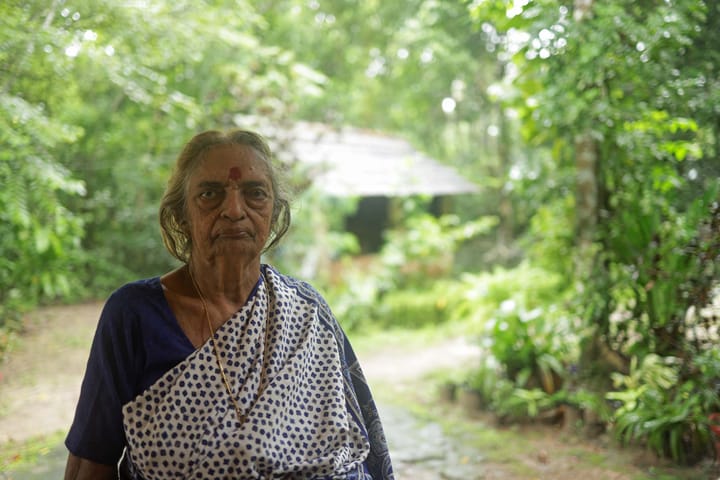
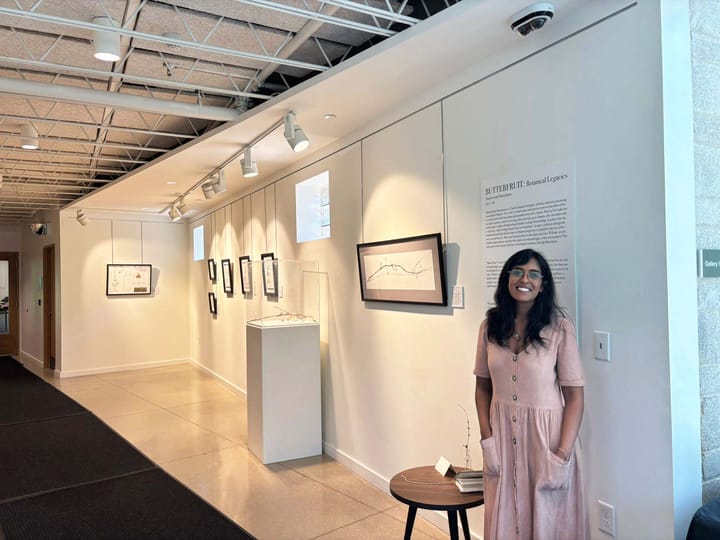
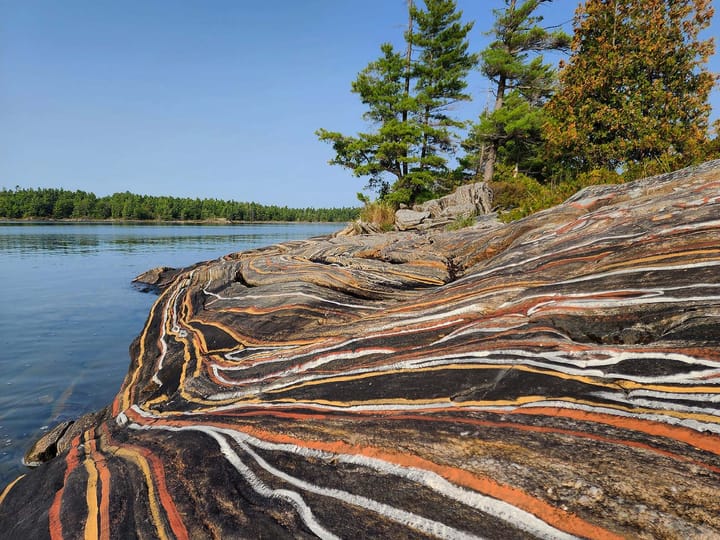

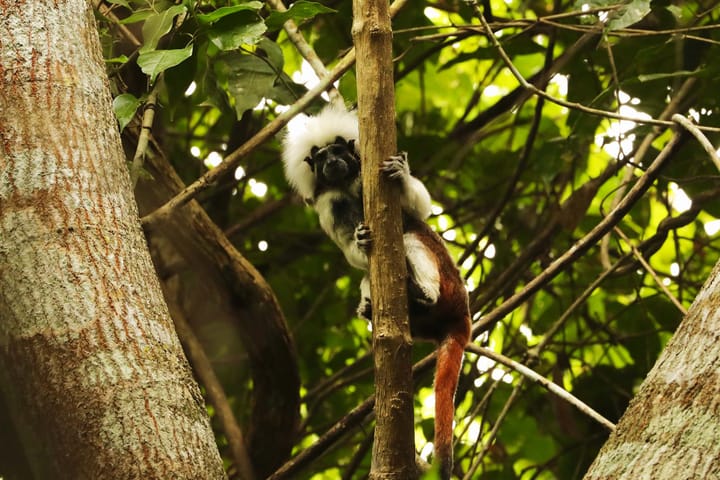
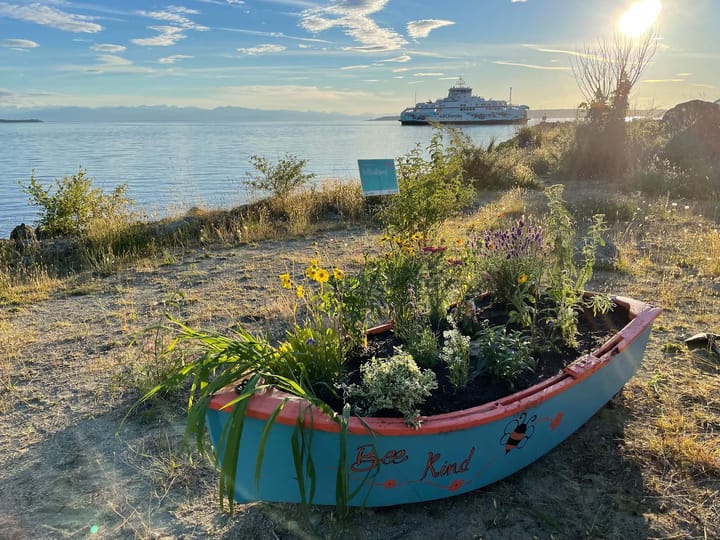

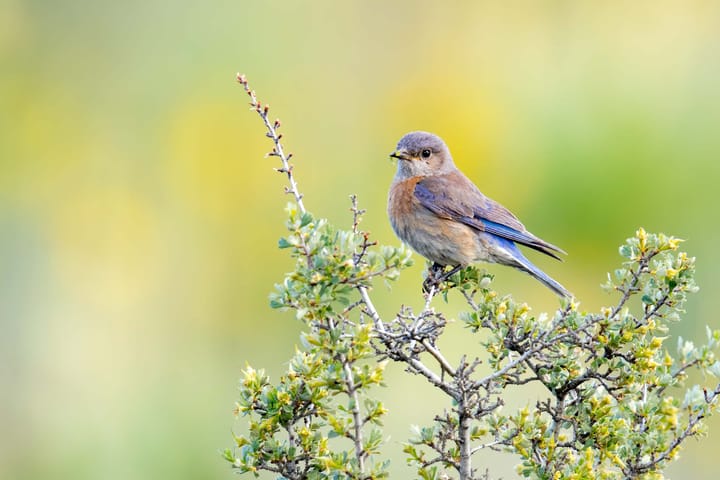
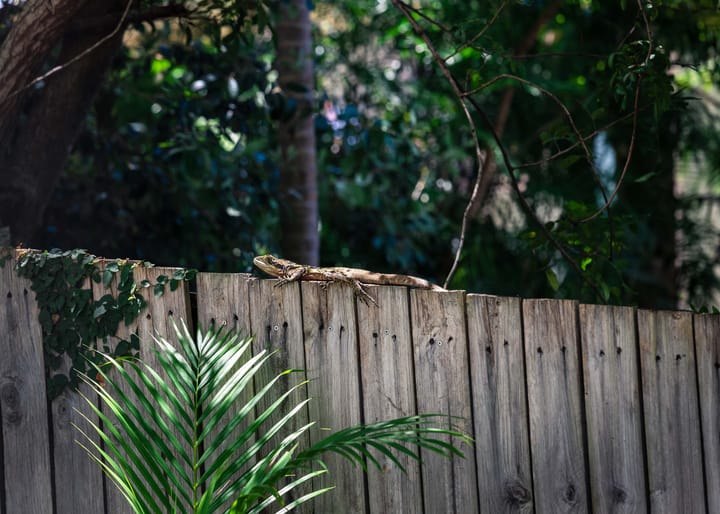
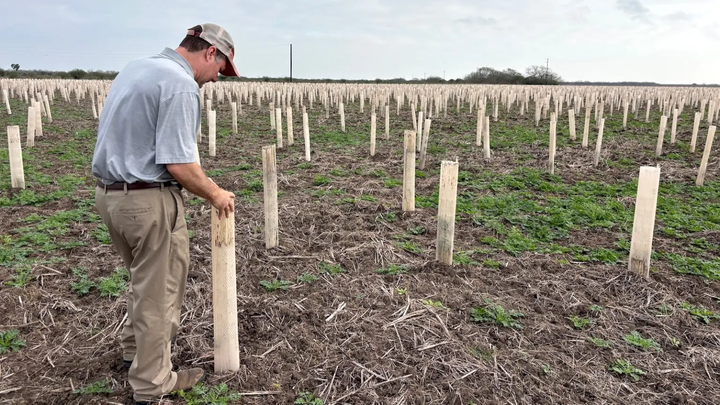
Comments ()